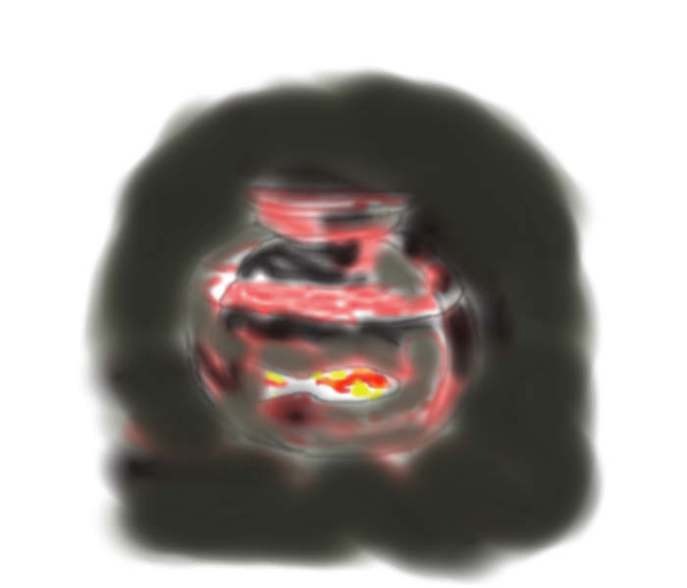A 2007 episode of The Big Bang Theory ends with Sheldon demonstrating his eccentric brilliance by developing a glowing goldfish. In addition to the improbability for a physicist who doesn’t even know how to wash out a beaker properly to have the expertise and equipment for genetic manipulation, there is a further problem with this breakthrough. Beginning in 2004 throughout the U.S. (with the exception of California), luminous fish went on sale by the company FishGlo. Sheldon was at least 3 years late.
I found the information about FishGlo in the book Frankenstein’s Cat, which I was perusing because of a live production of the musical Young Frankenstein my wife and I saw this Sunday. Consequently, I recalled how the original Frankenstein was inspired by a demonstration of Galvinism that Mary Shelley saw in London: when electrified, a severed frog’s leg kicked. Mary guessed that meant science would eventually bring dead matter to life. Two hundred years later, we still seem almost–but not quite able to create life, e.g., the recreation of a worm’s brain in a body made of legos. In other words, Mary was significantly ahead of her time, not 3 years behind it.
Indeed, she anticipated much of the Graves/Jung theory that I showcase on this site. The monster recalls his pre-linguistic (Surviver/Personifier) existence, when he began to learn how to imitate sounds from birds he was personifying. He gains some of the skills of L2 (Truster/Trickster) by observing cottagers he longs to have as his family but cannot: “What chiefly struck me was the gentle manners of these people; and I longed to join them, but dared not” (186). Consequently, he secretly plays well-meaning tricks on them that at first frighten them. When he reveals himself and they reject him, he enters L3 (Competitor/Hero), fighting with the cottagers but heroically trying to save the life of a girl at the risk of his own. Shot for his attempts at heroics, he settles into L3 competition with his maker Victor Frankenstein. Finding this unsatisfying, he uses the model of God’s covenants with humanity from Paradise Lost as an L4 (Orderer/Shadow) paradigm for his making an agreement with Victor: the monster will leave if he is given a mate. When Victor reneges, the monster becomes the Shadow, revenging himself on Victor, but remarking that he was in the grips of an unconscious malevolence about which he felt guilty (the Shadow being guilt). Kept from higher education, the monster needs the medical student Victor to act for the monster in L5 (Scientific Materialist/Re-Appreciator of Life). After periods of engrossing research, Victor does manage to appreciate life again, bemoaning his having let his work get in the way of this.
As for L6 (Empathizer with the Abject/Wise Person), some of the characters, particularly Walton, show signs of this Level, but the novel’s movement toward tragedy requires that no one attain timely wisdom. That L6 position is thus left to the readers, who are learning to empathize with an extreme example of what in Mary’s time appeared abject, a penniless, kinless, hideous construct. In her version, he is though extraordinarily articulate and brilliant, which popular renditions of him did not manage again until Mel Brooks’ Young Frankenstein, when the monster acquires an IQ of 196.
When Mary could see so far ahead, why are other writers so slow? Perhaps the inhibiting factor is writing for audiences who want to feel superior to characters and thus this inspires a restraining conservatism in depiction, while Mary was so young and so accustomed to geniuses that she did not realize she should dumb her work down as far as professional writing usually is.

